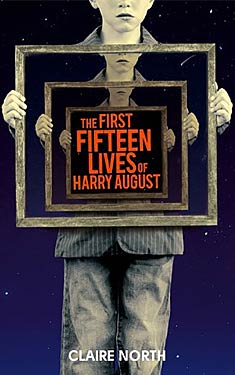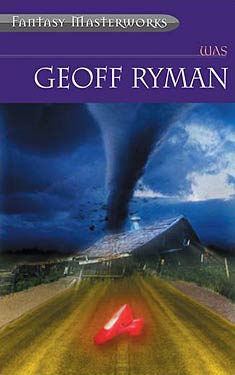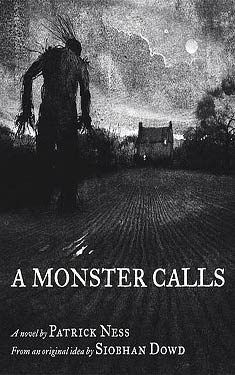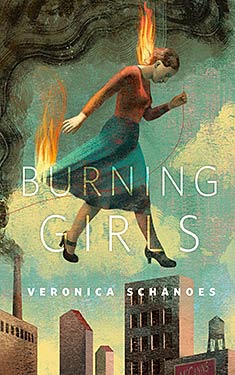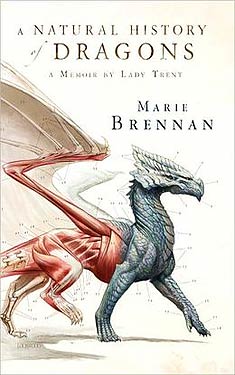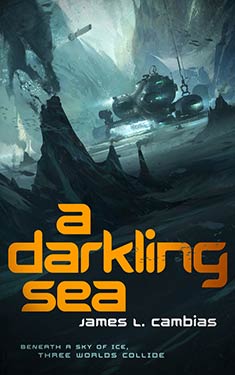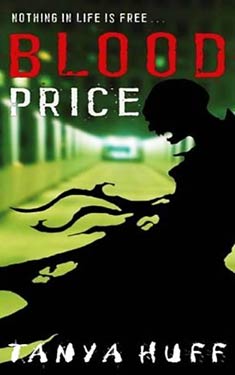David Pratt
Completed 9/9/2015, Reviewed 9/10/2015
5 stars
In “A Glossary of Literary Terms”, M. H. Abrams defines the
beast fable as a short story or poem where animals talk. It is a form of allegorical writing where
human behaviors and weaknesses are scrutinized by reflection into the animal
kingdom. So what do you call a book
about a book that talks to other books?
A book fable. You see, Bob is a
gay book, i.e. a book that is attracted to other books of the same gender. He falls in love with Moishe, but a calamity
separates them. Through purchases and
resellings, he begins a search to find Moishe.
On his way he meets Angela, a widowed book, and Neil, a gay book that
survived a book burning in Alabama.
Together they reflect on life, relationships, and discrimination through
their adventures as they pass from owner to owner. Sometimes, they can even talk to humans. Simply said, it’s a delight.
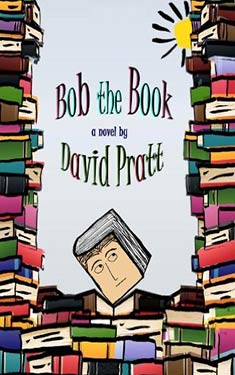 The brilliance of the book is in the characterization. The books don’t just have human thoughts and
emotions, they have the basic characteristics of the type of book they
are. Bob is an academic book about the
male nude through the ‘60s and ‘70s from the cultural studies section of the
book store, although he is often mistaken for soft porn because of all the
photos. However he is academic, mature,
and possibly a little snooty. Angela the
widow is a warm, accepting English lady, as she is Jane Austen’s “Mansfield
Park”. There are self-help books that
offer bits of daily wisdom, and self-absorbed Hollywood gossip magazines.
The brilliance of the book is in the characterization. The books don’t just have human thoughts and
emotions, they have the basic characteristics of the type of book they
are. Bob is an academic book about the
male nude through the ‘60s and ‘70s from the cultural studies section of the
book store, although he is often mistaken for soft porn because of all the
photos. However he is academic, mature,
and possibly a little snooty. Angela the
widow is a warm, accepting English lady, as she is Jane Austen’s “Mansfield
Park”. There are self-help books that
offer bits of daily wisdom, and self-absorbed Hollywood gossip magazines.
Besides the books, there are human characters. The main ones
are Ron and Alfred, roommates but not partners, although a relationship like
this is never quite that cut and dried. Through all the relationships, human and book,
the author recounts and critiques the life experiences that many gay men
encounter. Hence, the book fable.
If there’s one thing I found a little problematic, it’s the
number of characters. With all the books
and all their different owners as they pass hands, the names sometimes ran
together for me. I often had to go back
to rescan passages to make sure I knew if the person speaking was a book or a
human.
Another thing to be aware of is that there is some graphic
sex. However, it is all very relevant to
the story as it is fable about the gay male experience. During those scenes, we experience joy and
despair and sometimes horror, as do the humans and the books who of course are the
unintentional witnesses and are just as affected by it as the humans.
I had a lot of fun with “Bob the Book” and was also very affected by the topics
discussed. That’s why I gave it five
stars out of five. Besides the basic
reflections on life and the world, it makes you look at books a whole different
way. A good friend of mine summed it up
nicely when she said upon finishing it, “It makes me feel bad for all the books
I’ve sold or given away”.
